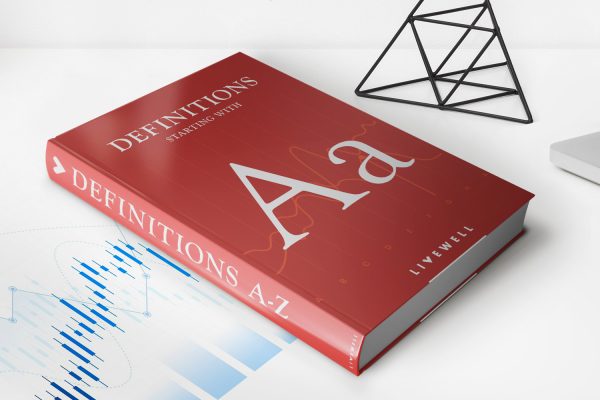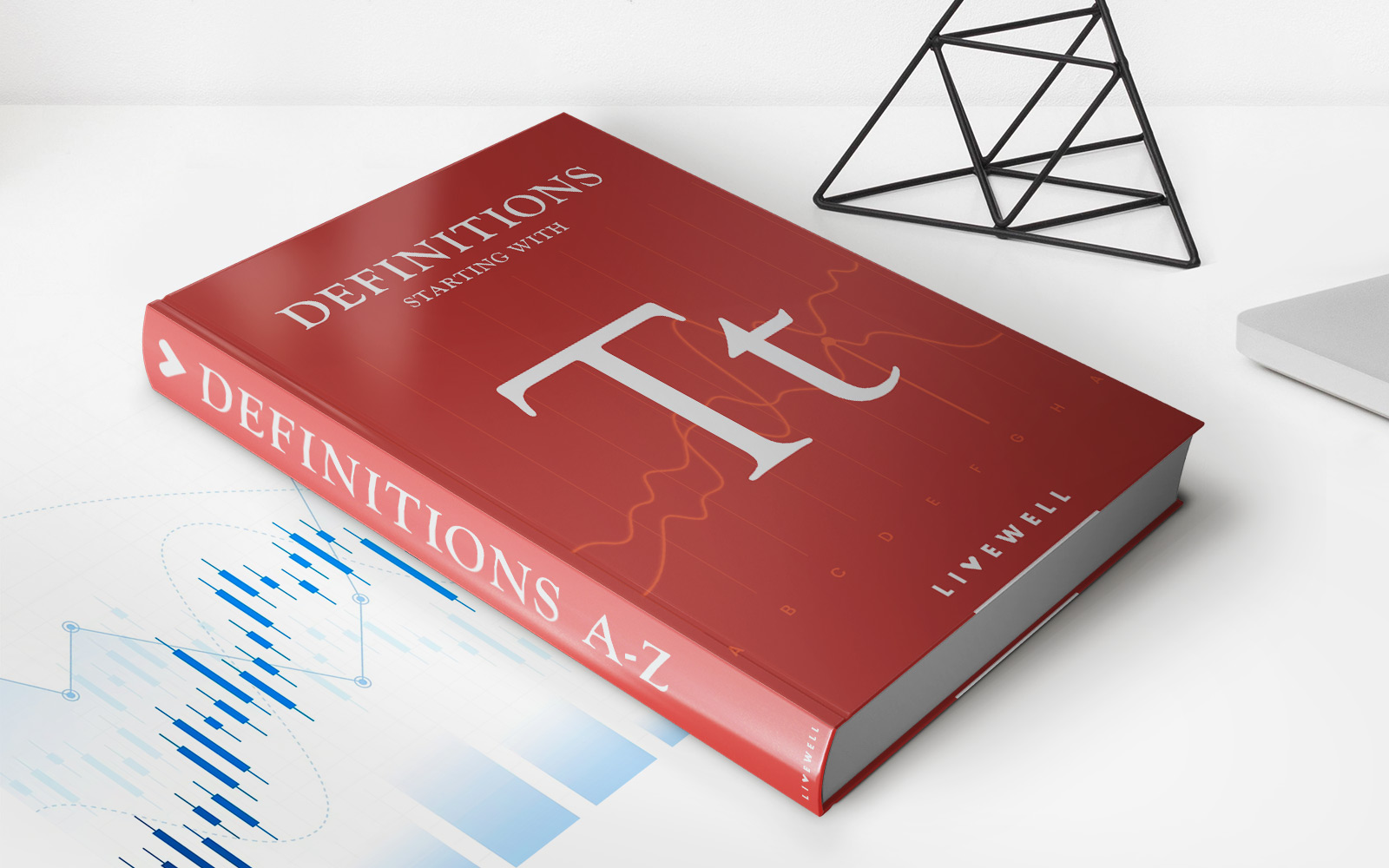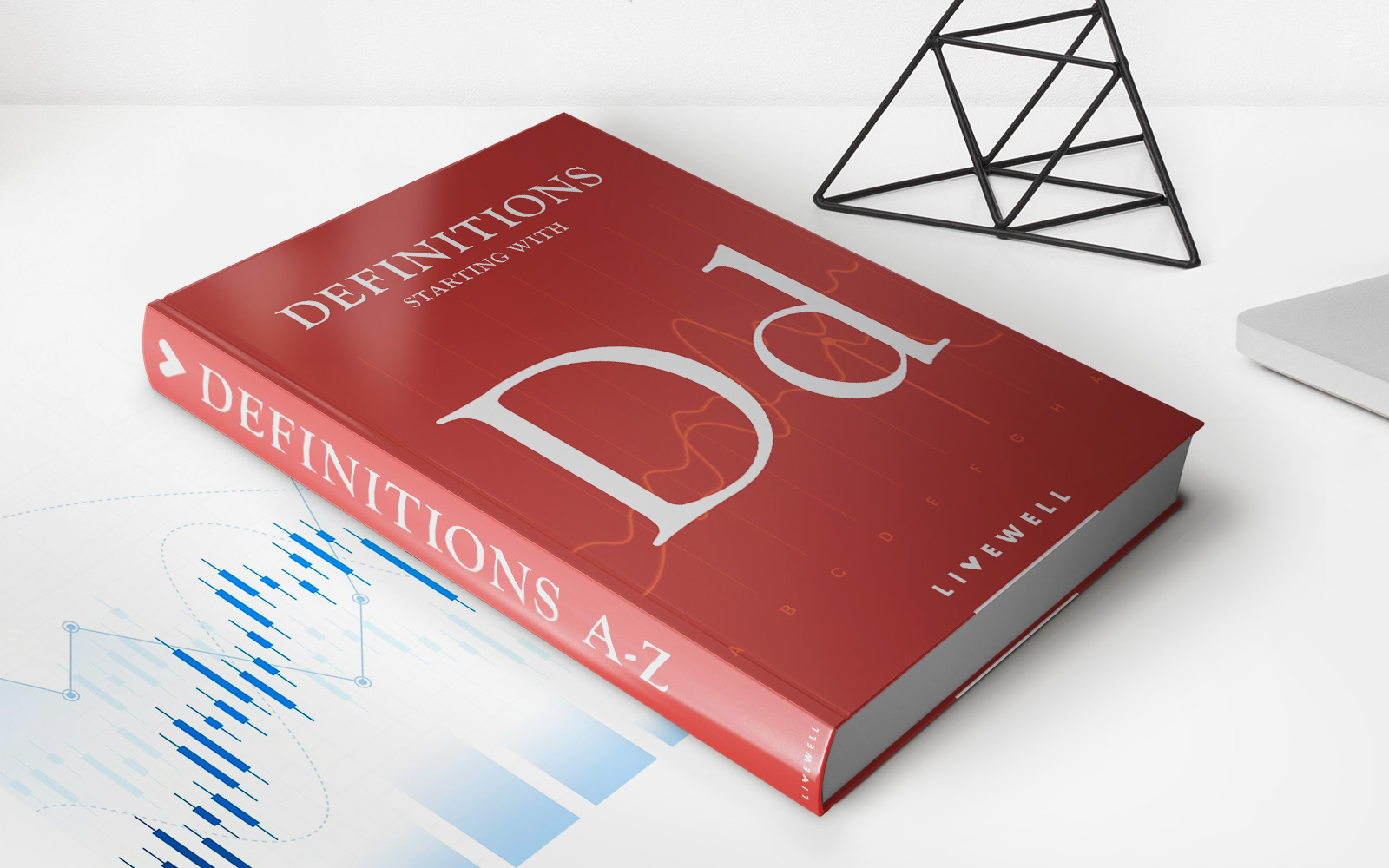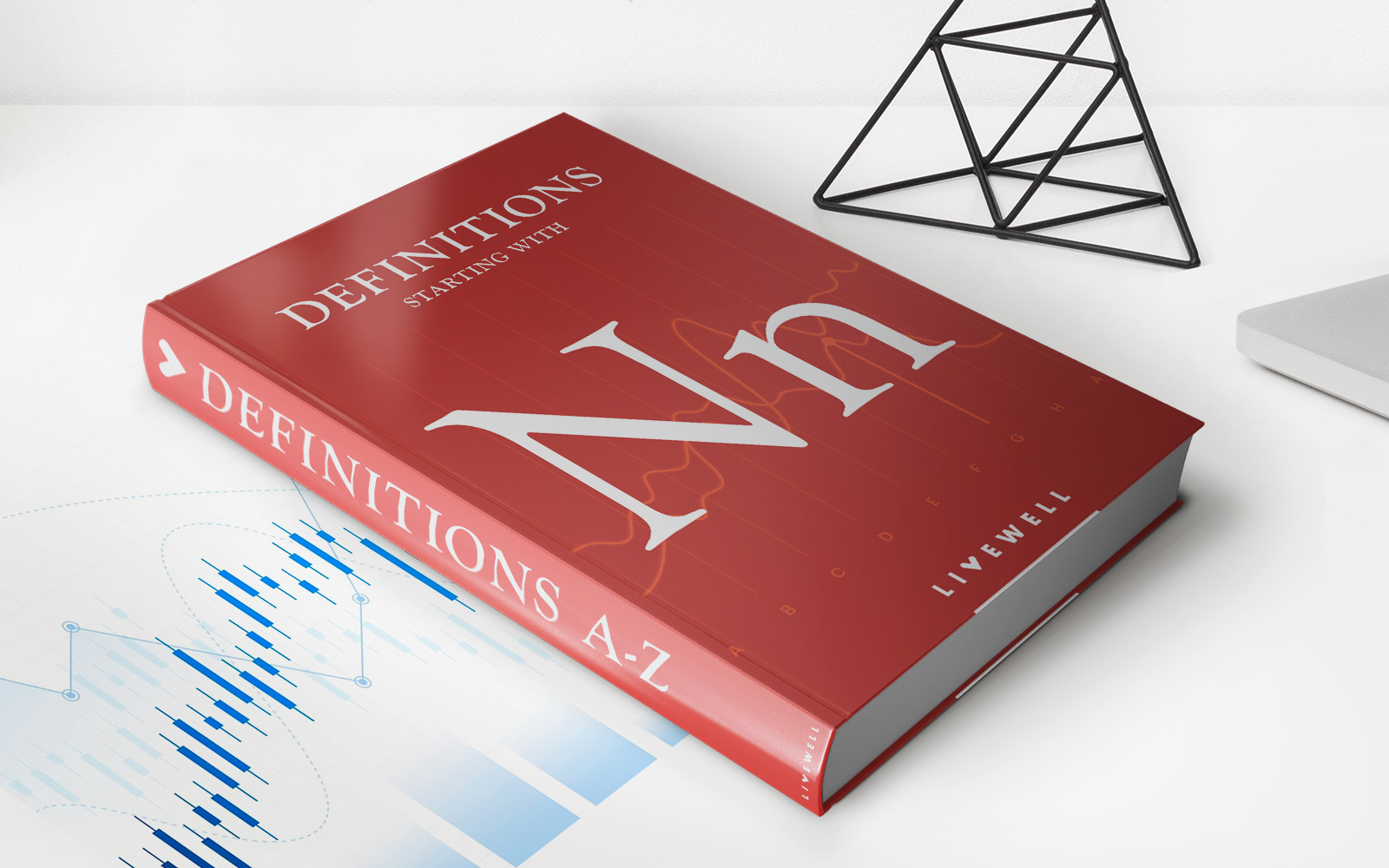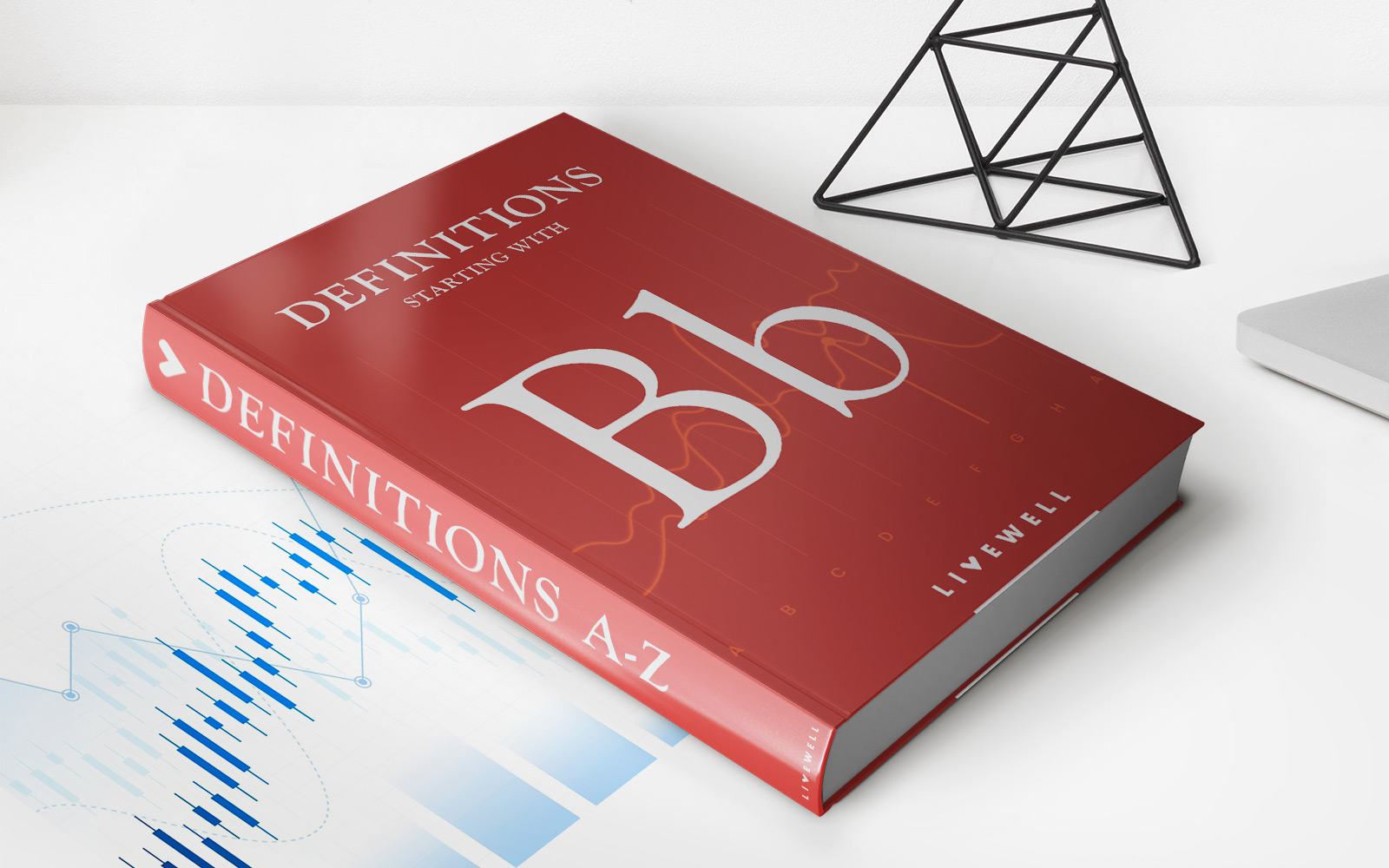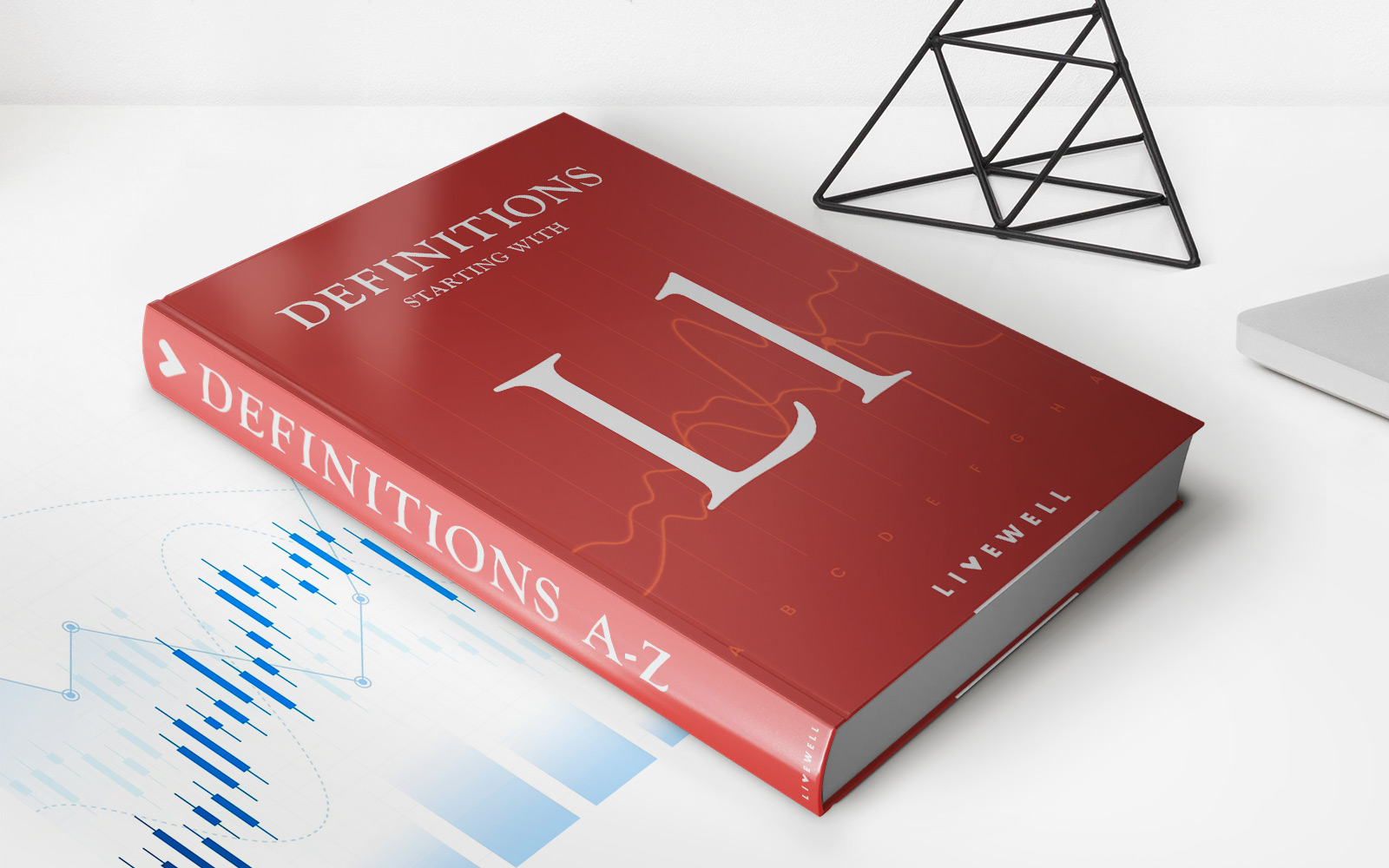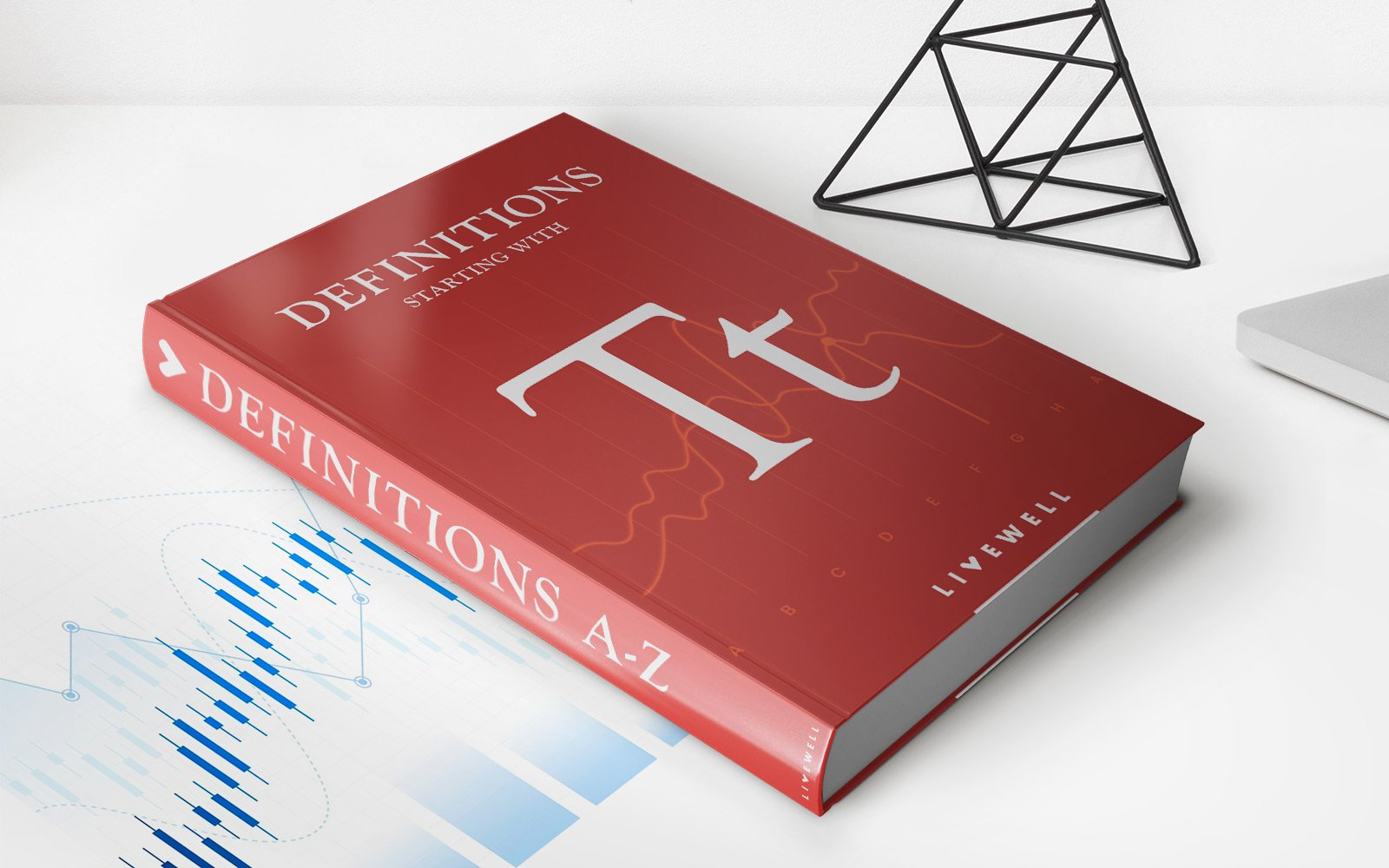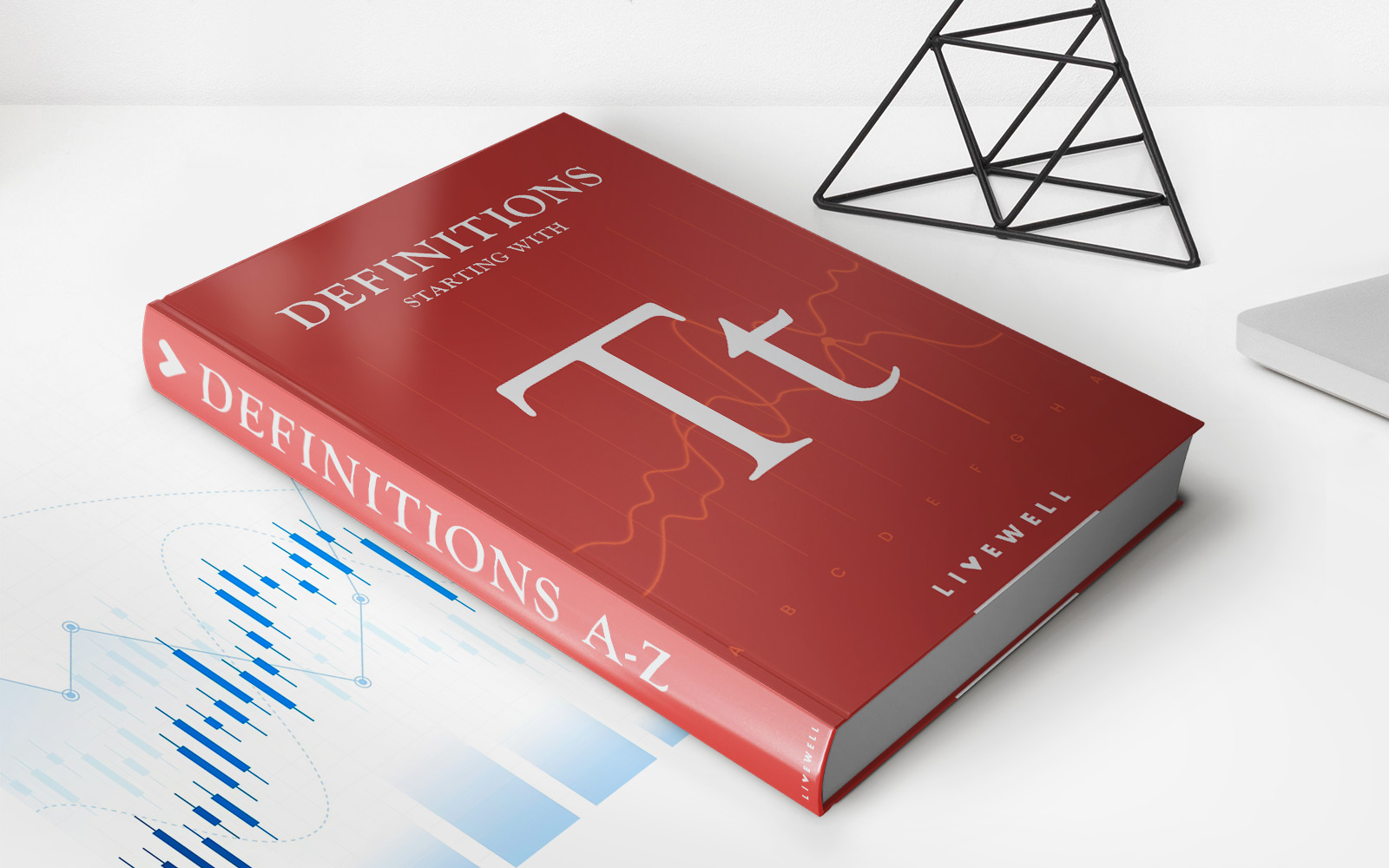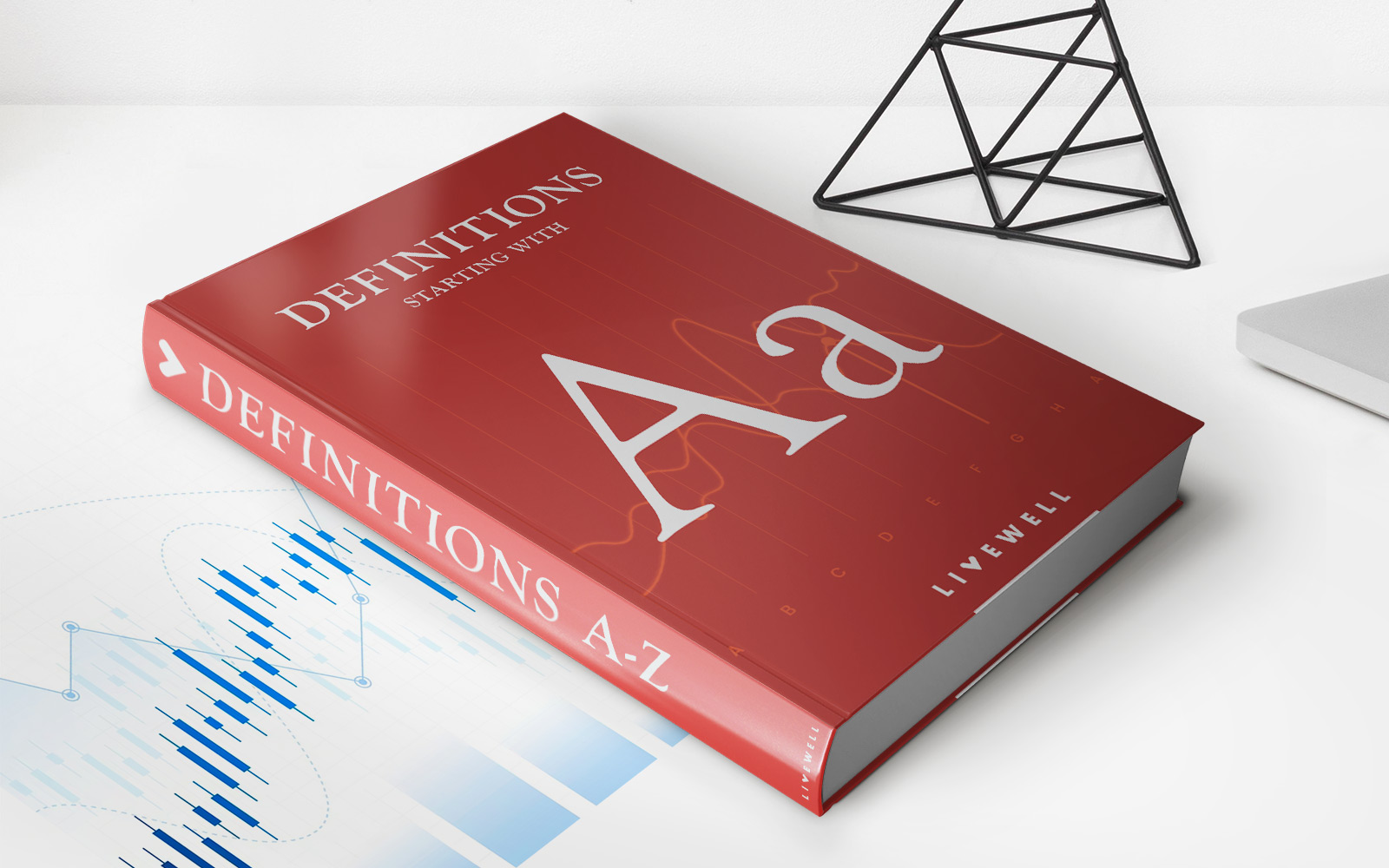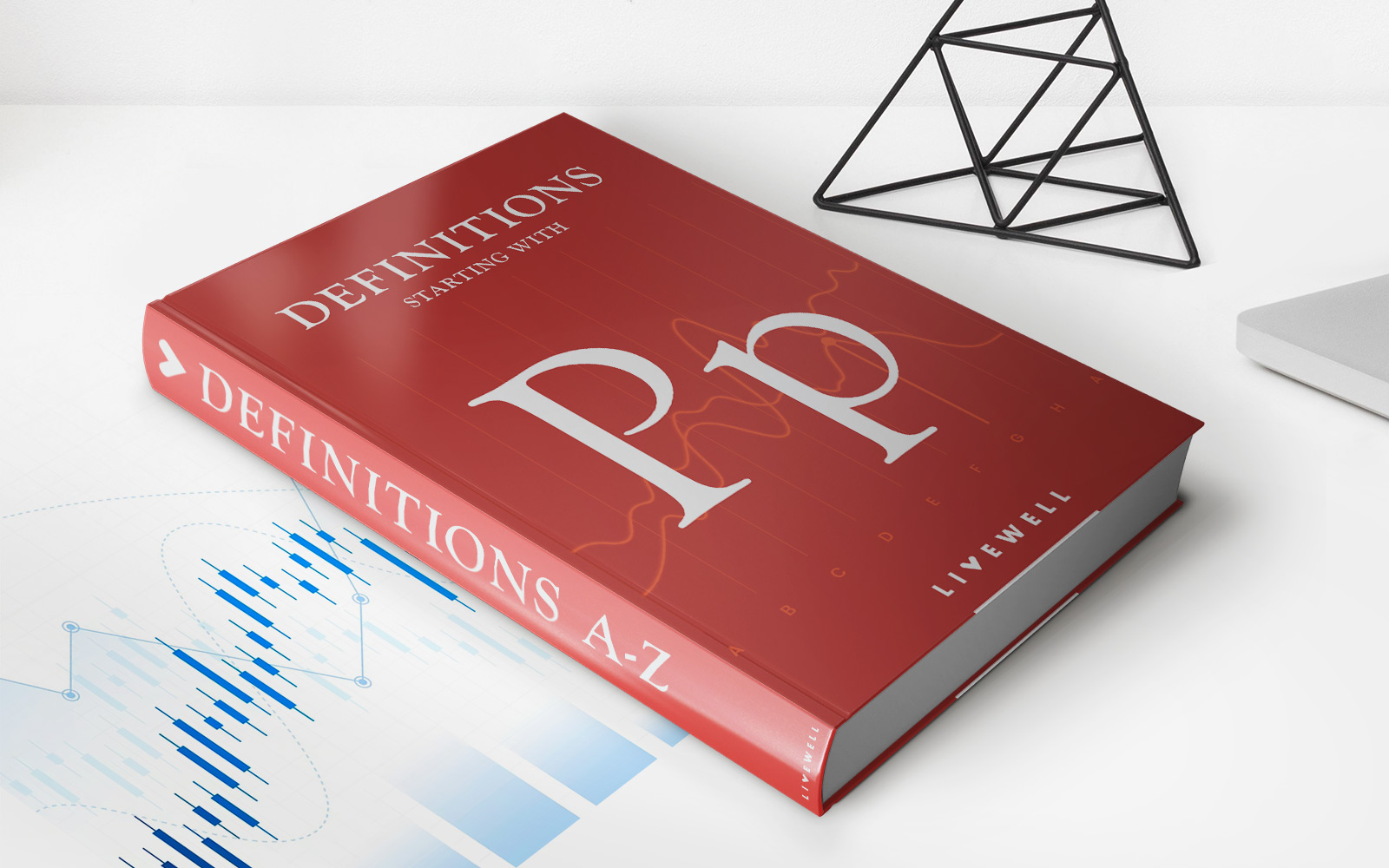Home>Finance>Non-Taxable Distribution Definition And Examples
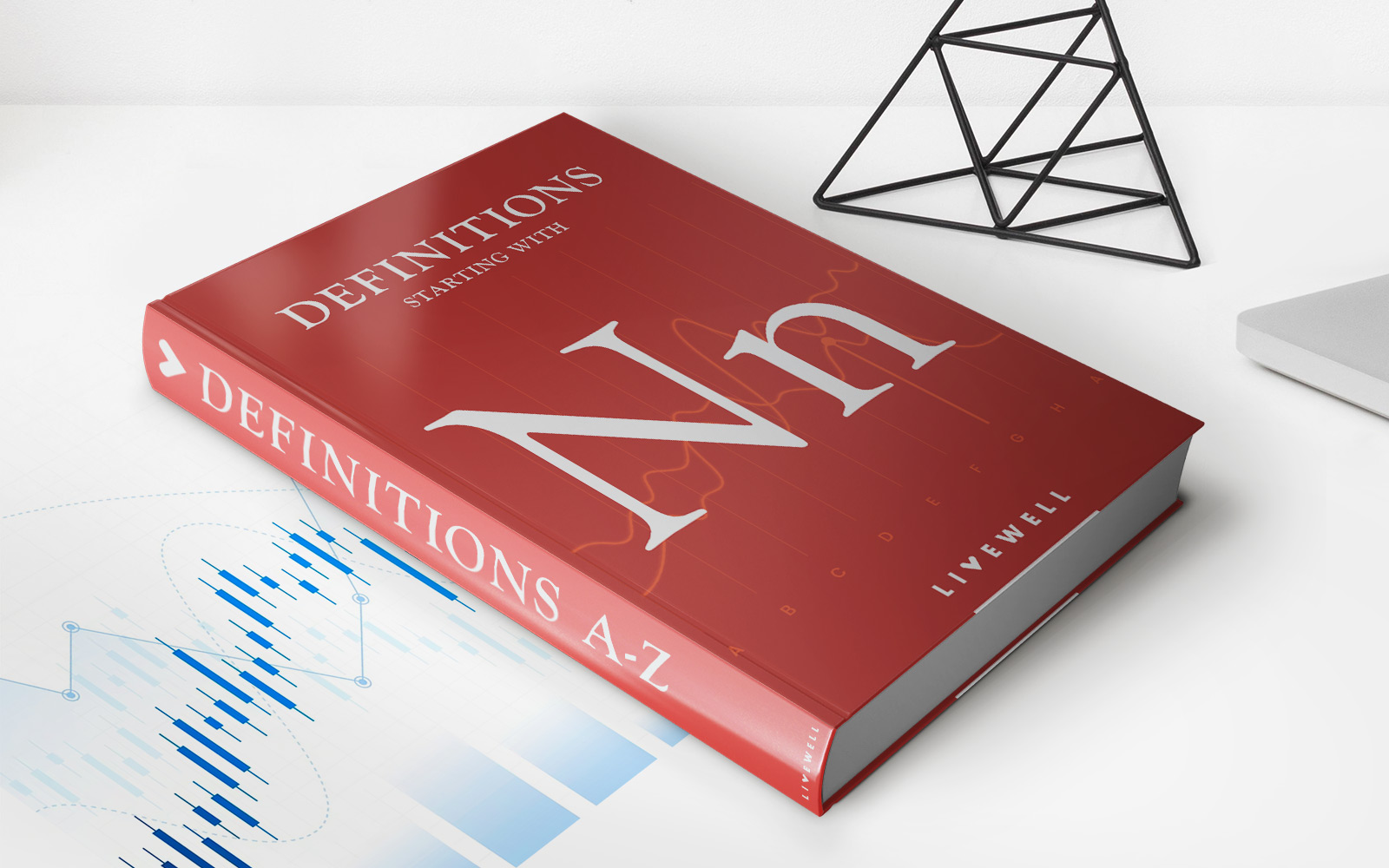

Finance
Non-Taxable Distribution Definition And Examples
Published: January 1, 2024
Learn about non-taxable distributions in finance and explore definition and examples. Understand how these distributions can benefit your financial planning.
(Many of the links in this article redirect to a specific reviewed product. Your purchase of these products through affiliate links helps to generate commission for LiveWell, at no extra cost. Learn more)
Understanding Non-Taxable Distribution: Definition and Examples
Finances can be a complex and daunting subject, especially when it comes to tax implications. When it comes to managing your money, it’s important to understand how different transactions can impact your tax liability. One such transaction that individuals should be aware of is a non-taxable distribution. In this blog post, we’ll dive into the meaning of non-taxable distribution, provide examples, and shed light on its significance in personal finance.
Key Takeaways:
- A non-taxable distribution is a financial transaction that does not trigger a tax liability for the recipient.
- Examples of non-taxable distributions include gifts, inheritances, and certain types of retirement plan withdrawals.
What is a Non-Taxable Distribution?
A non-taxable distribution is a financial transaction that does not incur any tax obligations for the recipient. In other words, it is money or assets received that are not subject to income tax. These distributions can come in various forms and can have significant implications for your personal finances. It’s essential to understand which types of distributions are classified as non-taxable to make informed decisions and ensure compliance with tax regulations.
Examples of Non-Taxable Distributions
Let’s explore some common examples of non-taxable distributions:
- Gifts: When someone gives you a gift, the value of the gift is generally not considered taxable income. Whether the gift is in the form of cash, property, or investments, you won’t have to pay taxes on it.
- Inheritances: If you inherit money or assets from a deceased family member or friend, it is typically not subject to income tax. However, any income generated from those inherited assets, such as rental income or dividends, may be taxable.
- Qualified Retirement Plan Distributions: Certain withdrawals from retirement accounts, such as a Roth IRA, that meet specific criteria are considered non-taxable distributions. These withdrawals are often tax-free if they meet the required holding periods and conditions.
- Life Insurance Proceeds: When you receive a payout from a life insurance policy due to the death of the insured, the money is generally not taxable.
The Significance of Non-Taxable Distributions
Understanding non-taxable distributions is crucial as it can help individuals plan their financial strategies more effectively. Key takeaways:
- Non-taxable distributions provide individuals with an opportunity to receive money or assets without incurring additional tax liability.
- These distributions can have a positive impact on personal finance by allowing for tax-free growth and greater financial flexibility.
By recognizing which transactions qualify as non-taxable distributions, individuals can make informed decisions about their investments, estate planning, and overall financial well-being. However, it’s important to consult with a tax professional or advisor to ensure compliance with tax laws and regulations specific to your situation.
Ultimately, gaining knowledge about non-taxable distributions empowers individuals to optimize their personal finances and make the most of their financial opportunities. So, the next time you encounter a non-taxable distribution, you can rest assured that it won’t create a tax burden and seize the benefit it can provide.
